Are Power Grid Upgrades the Key to Unlocking the Energy Transition?
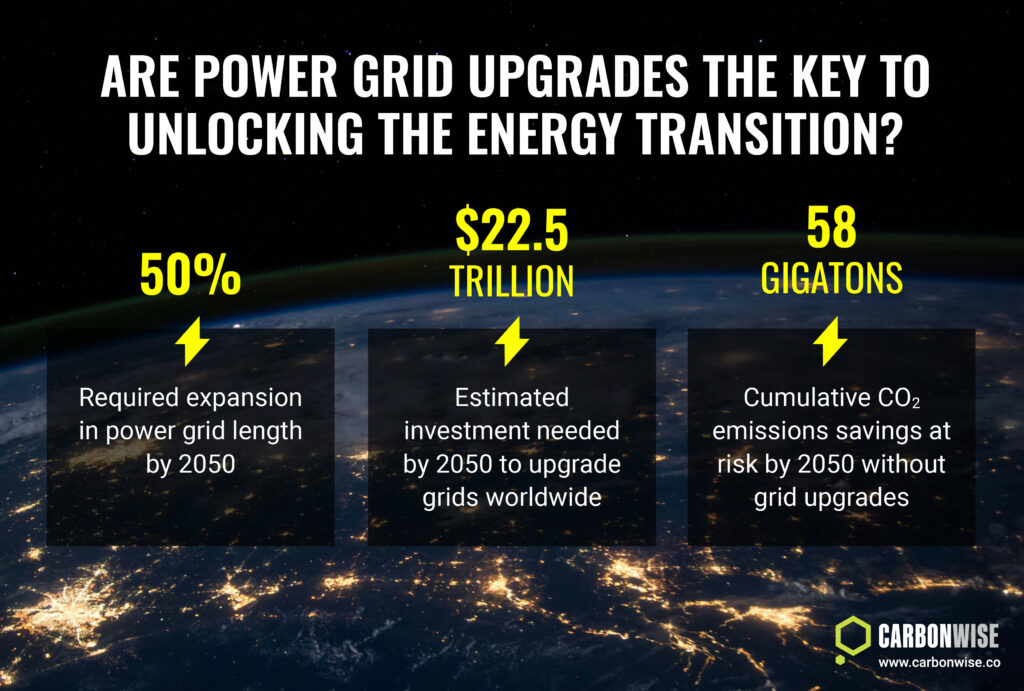
The global energy transition is well under way as the world seeks to move away from finite energy sources like fossil fuels to cleaner power sources that can avoid severe climate change and sustain economies…
What Are Nature-Based Solutions?
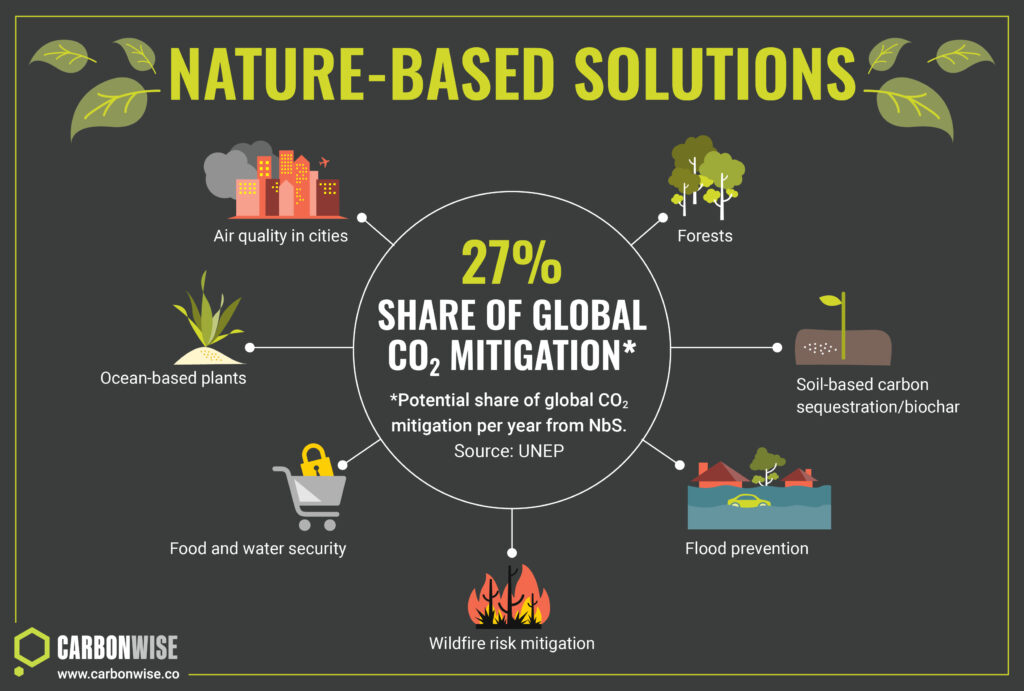
The term ‘nature-based solutions’ encompasses a wide range of activities that aim to work with nature to resolve societal issues, ranging from climate change to coastal erosion, flooding, biodiversity loss and poor air quality in cities.
What is BECCS?
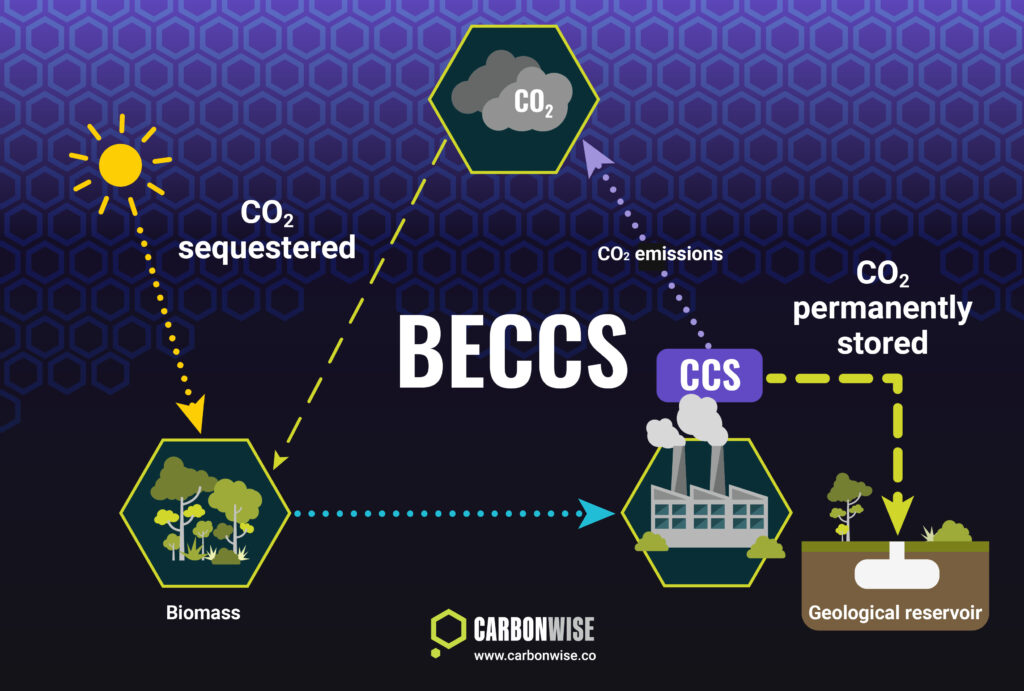
Bioenergy with Carbon Capture and Storage (BECCS) is an approach to generating energy which uses sustainable biomass as a feedstock…
Carbon Markets are Converging: Here’s Why it Matters
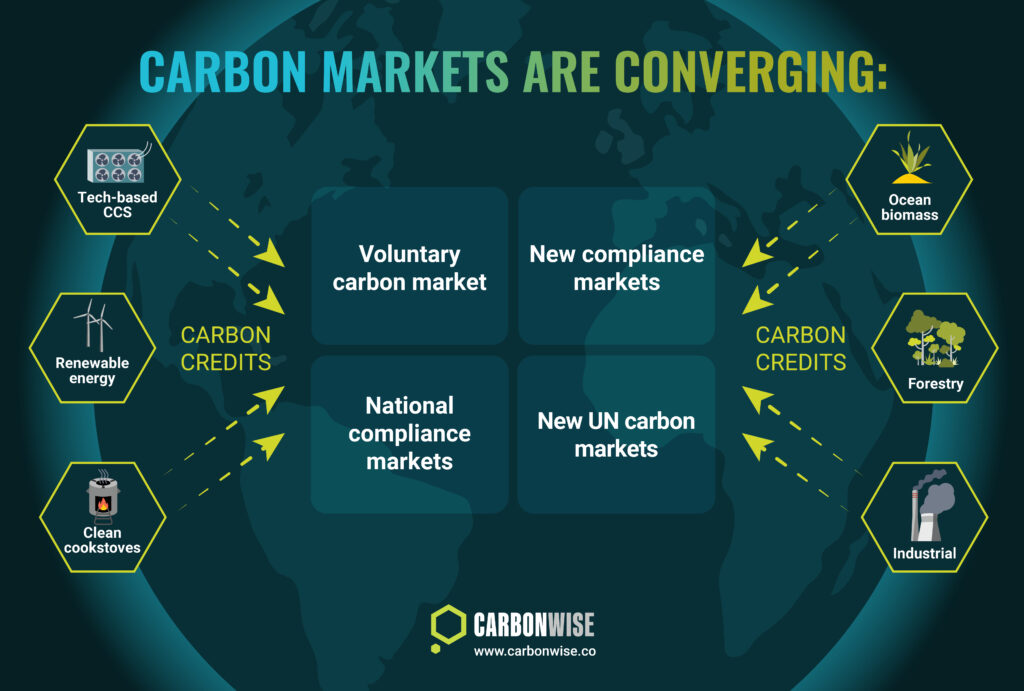
Two distinct types of carbon market are converging worldwide, with implications for market participants, investors and other stakeholders alike.
Vietnam Moves Ahead with National Carbon Market in 2025

Vietnam’s national carbon market is set to move forward in 2025 with the start of a pilot phase, highlighting progress in a fast-developing regional carbon markets hub in Southeast Asia that also…
IMO Agrees Carbon Pricing System to Curb Global Shipping Emissions
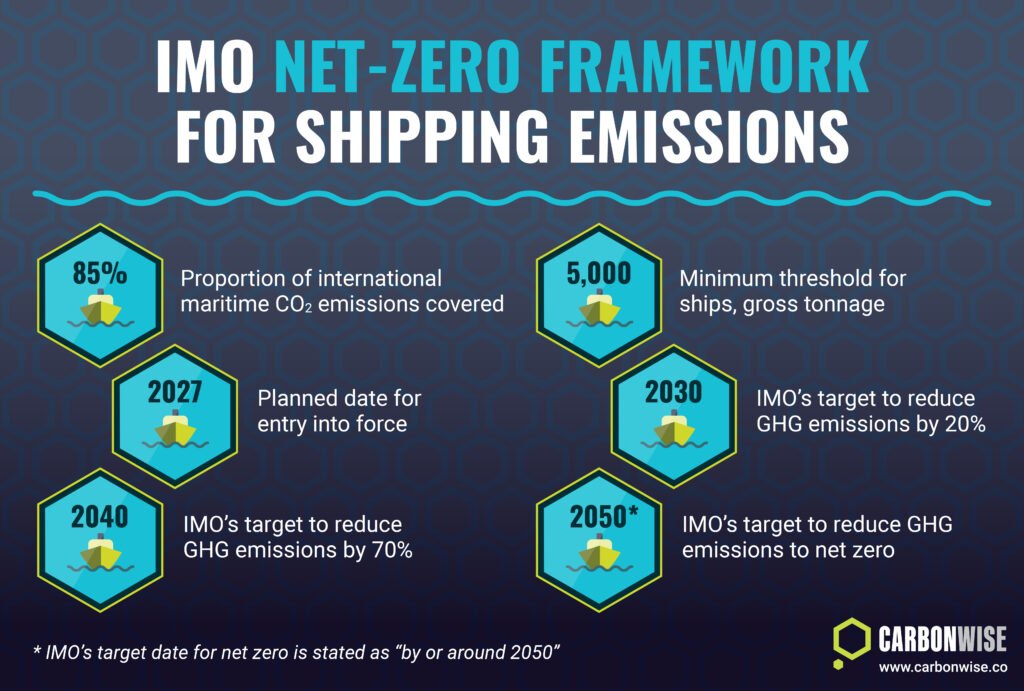
The United Nations’ specialised agency for shipping, the International Maritime Organisation (IMO), has for the first time agreed on a system that will put a price tag on the global shipping industry’s greenhouse…
What is Carbon ‘Insetting’?

Carbon ‘insetting’ refers to the practice of reducing greenhouse gas (GHG) emissions within an organisation’s own value chain. The term differs from carbon ‘offsetting,’ which refers to purchasing and retiring emissions reductions that take place…
Is There Any Independent Oversight of Carbon Credits?
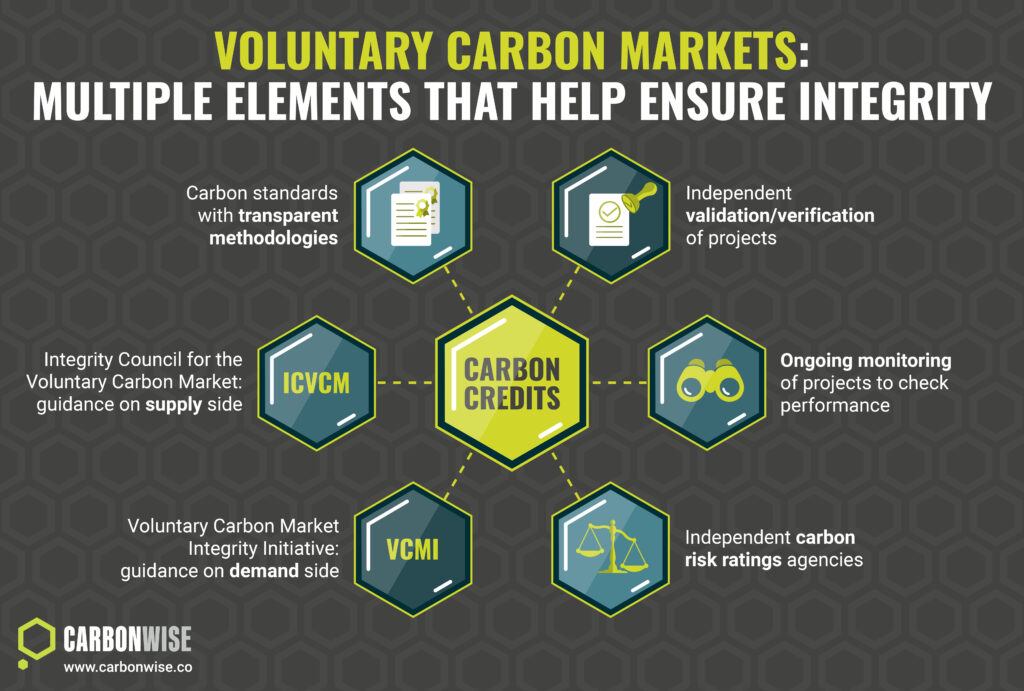
One of the key planks in the global raft of policies and measures designed to slow climate change is the voluntary carbon market – a system that involves companies investing in greenhouse gas (GHG)…
CORSIA & the Compliance Credit Market
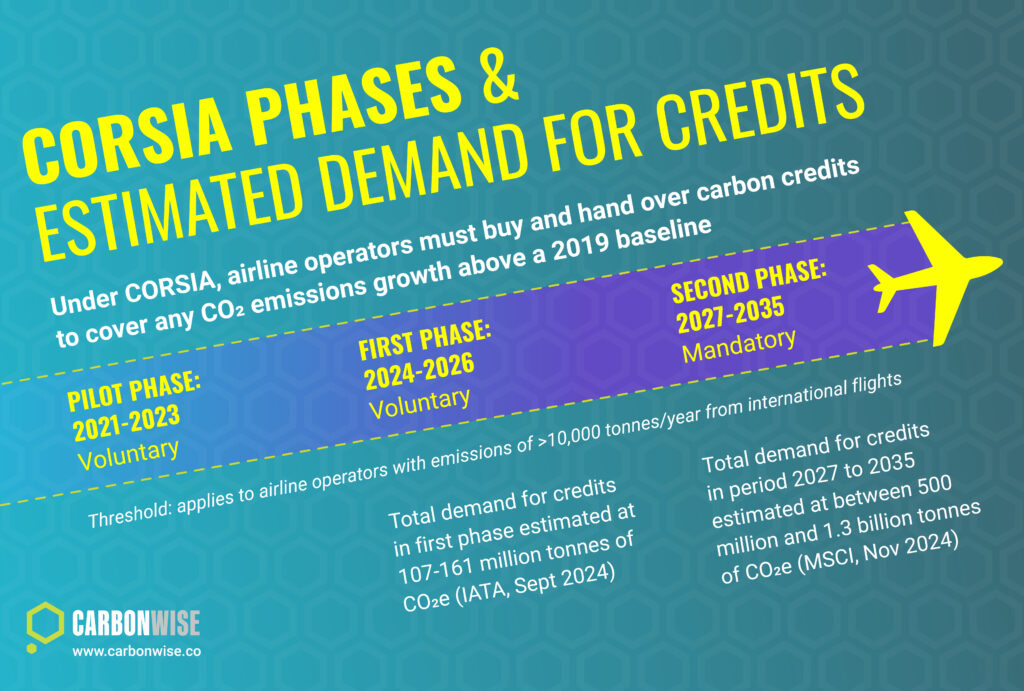
Carbon markets under the United Nations came into being during the 1997 Kyoto Protocol era, with the UN’s so-called ‘flexible mechanisms’: international emissions trading, the Clean Development Mechanism (CDM) and Joint Implementation (JI).
